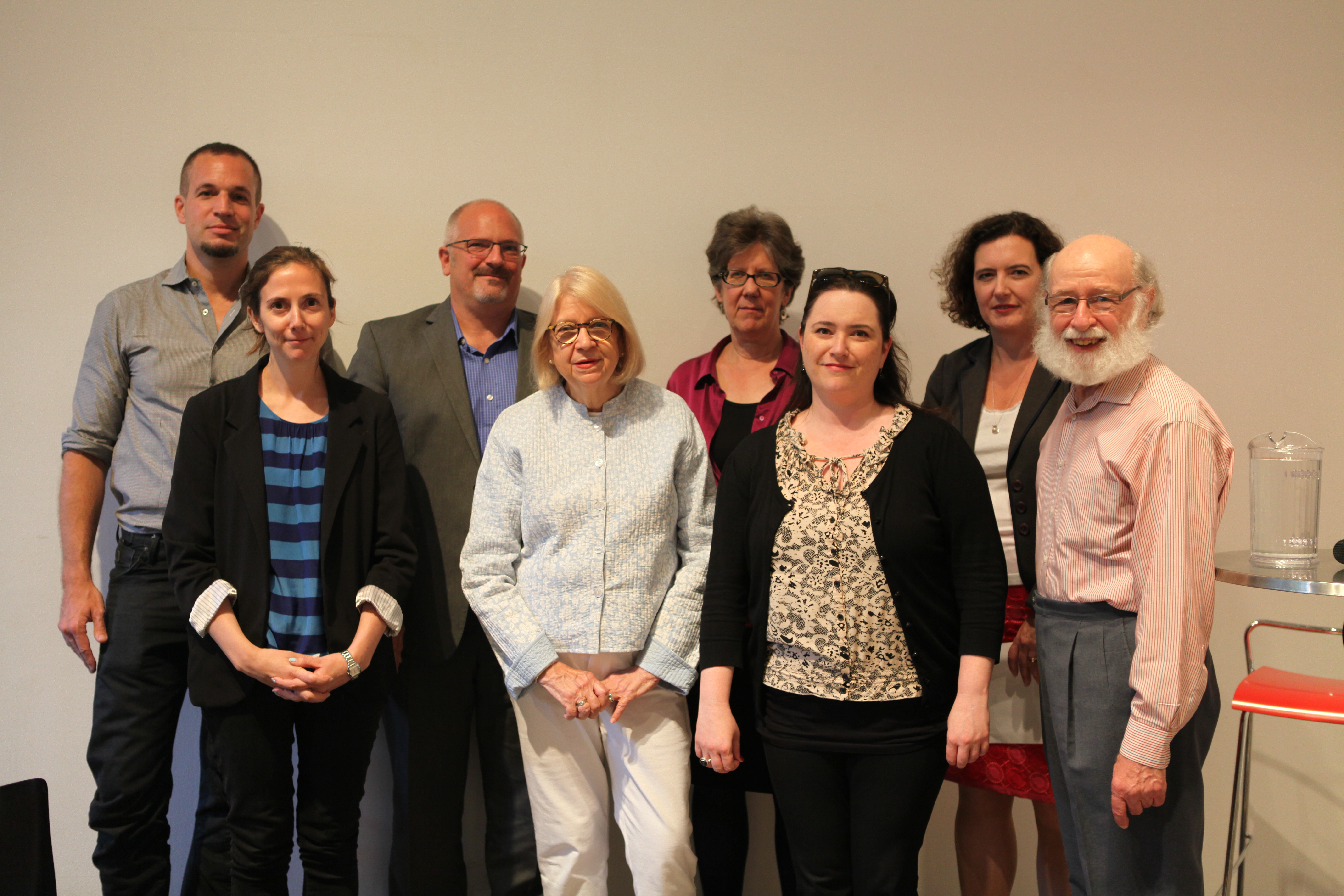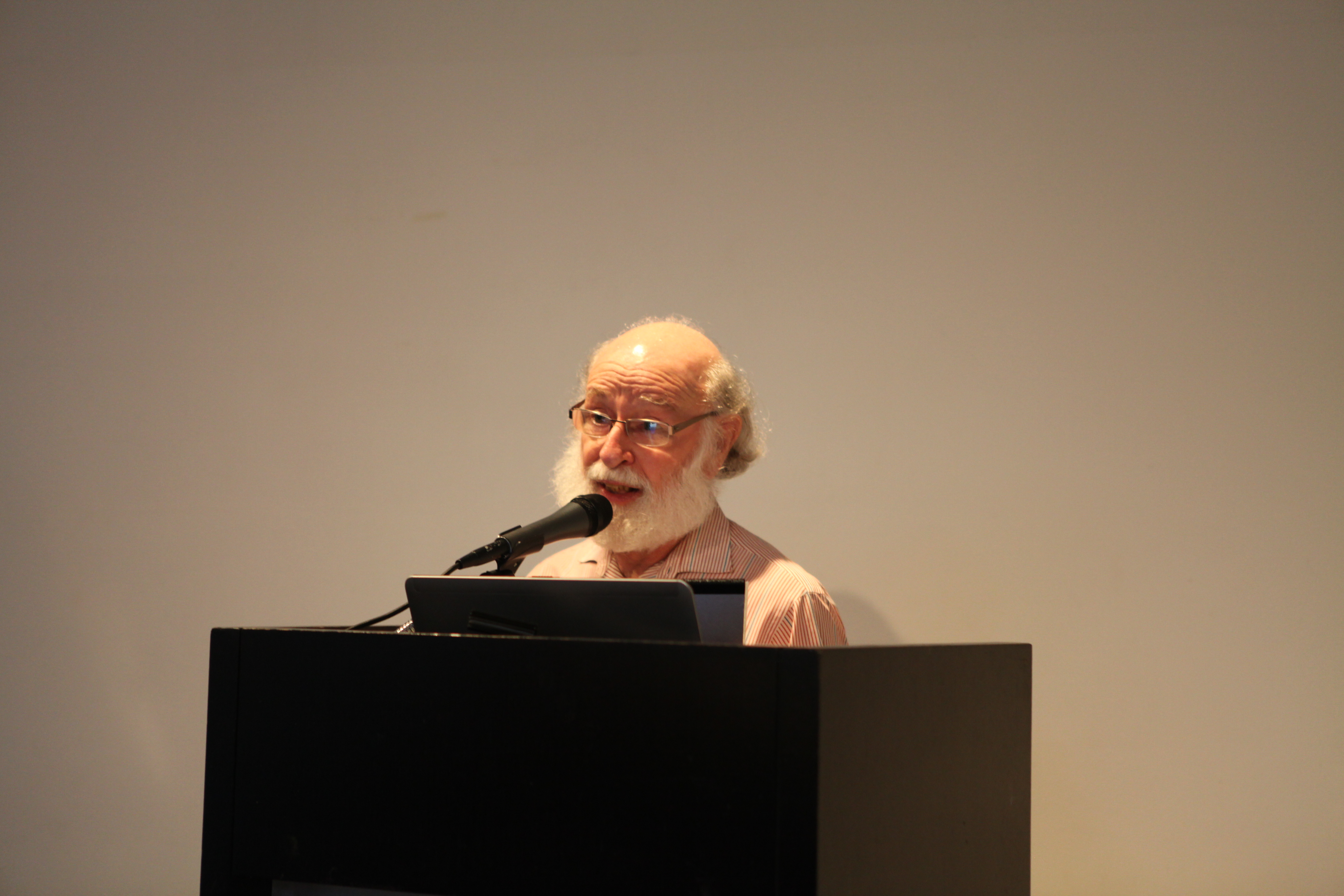by: James Way
Death and taxes, as the old saying goes, are the only sure things in life. Hopefully the former comes after a long and rewarding life. But are we prepared for old age? We pad ourselves with a 401k, investments, paying off the mortgage – provided we’re not still living with roommates into our 50s, though we may be again by our 70s. The panel for “Designing for a Lifetime” considered the predicament of aging and housing at fundamental levels: community and dignity.
Jerry Maltz, AIA, co-chair of the AIANY Design for Aging Committee, poignantly opened the evening: “There is an exponential growth of those over 65, and in architecture this growth is matched only by prisons and nursing homes; not a sexy topic for design.” The panel brought together practitioners and researchers addressing what growing old means for architecture. The program was moderated by Helen Castle, editor of Architectural Design magazine and the executive commissioning editor for the UK Architecture list at John Wiley, which recently published Designing for the Third Age: Architecture Redefined for a Generation of Active Agers, a focus issue on architecture for the aging.
While New York City excels in high density, pedestrian-friendly neighborhoods, transit options, and social and cultural amenities, Christine Hunter, AIA, LEED AP, principal at Magnusson Architecture & Planning, reminded us that it could be isolating and difficult to get around, especially vertically, in buildings with no elevators. Architecturally, this means new units in affordable, mixed-use developments not targeting the elderly but accommodating ranges of mobility. Susan Wright, AIA, LEED AP, principal at IBI Group – Gruzen Samton Architects, identified SelfHelp as a developer that “helps keep people in place” and provides technology for interaction and to remotely monitor and track habits and energy usage. “It’s voluntary!” she exclaimed. Eric Cohen, AIA, senior associate principal at Ethelind Coblin Architect, reiterated that proactive wellness and community programs help maintain social awareness and learning – such as courses in underwater photography that one senior center offers.
Underwater photography may become a much-pursued pastime considering the research Francesca Birks, AIA, Arup Americas Foresight + Research + Innovation team leader, has been conducting. Her study shows an increased elderly population in “hip ‘hoods’” such as Williamsburg, the East Village, Lower East Side, and Red Hook, the latter alarmingly tie into another challenge – climate change. “About half of those who died during Superstorm Sandy were over 65,” Briks said, mostly due to accessibility, isolation, and not wanting to leave the last vestiges of their lives. Jayne Merkel, an architectural historian, critic, and author, reinforced that every move causes a loss of community and increased alienation. And architecturally, community is what housing should achieve, not forced but integrated.
Matthias Hollwich, AIA, principal at Hollwich Kushner (HWKN) and co-founder of Architizer, asked the audience how many thought of themselves as old – not so many hands; then how many people over 40 – nearly all hands. “We need a revolution against ourselves to not live in denial.” Projects that densify are needed to allow shared amenities, communal space, and adaptive living arrangements. Hollowich called for communities defined by “stealth care and subtle help,” not by age or overt assistance. The micro-housing competition adapt NYC was approached by many as affordable units for young people. However, Hollowich and Merkel championed it as a model for the elderly where communal spaces and shared amenities complement small apartments: independence with access to support and community, a perfect balance for dignity. None attending admitted to acquiescing to the abomination of a nursing home. We better start acting on this now because none of us are getting any younger.
James Way, Assoc. AIA, Marketing Manager at Dattner Architects, frequently contributes to eOculus.
Event: Designing for a Lifetime
Location: Center for Architecture, 06.23.14
Speakers: Francesca Birks, AIA, Arup Americas Foresight + Research + Innovation Team Leader; Matthias Hollwich, AIA, Principal, Hollwich Kushner (HWKN), and Co-Founder, Architizer; Jayne Merkel, Architectural Historian, Critic, Author; Jerry Maltz, AIA, Co-chair, AIANY Design for Aging Committee; Christine Hunter, AIA, LEED AP, Principal, Magnusson Architecture & Planning; Eric Cohen, AIA, Senior Associate Principal, Ethelind Coblin Architect, Faculty, New York School of Interior Design; Susan Wright, AIA, LEED AP, Principal, IBI Group – Gruzen Samton Architects; Helen Castle, Editor, Architectural Design magazine
Organized by: AIANY Design for Aging Committee









